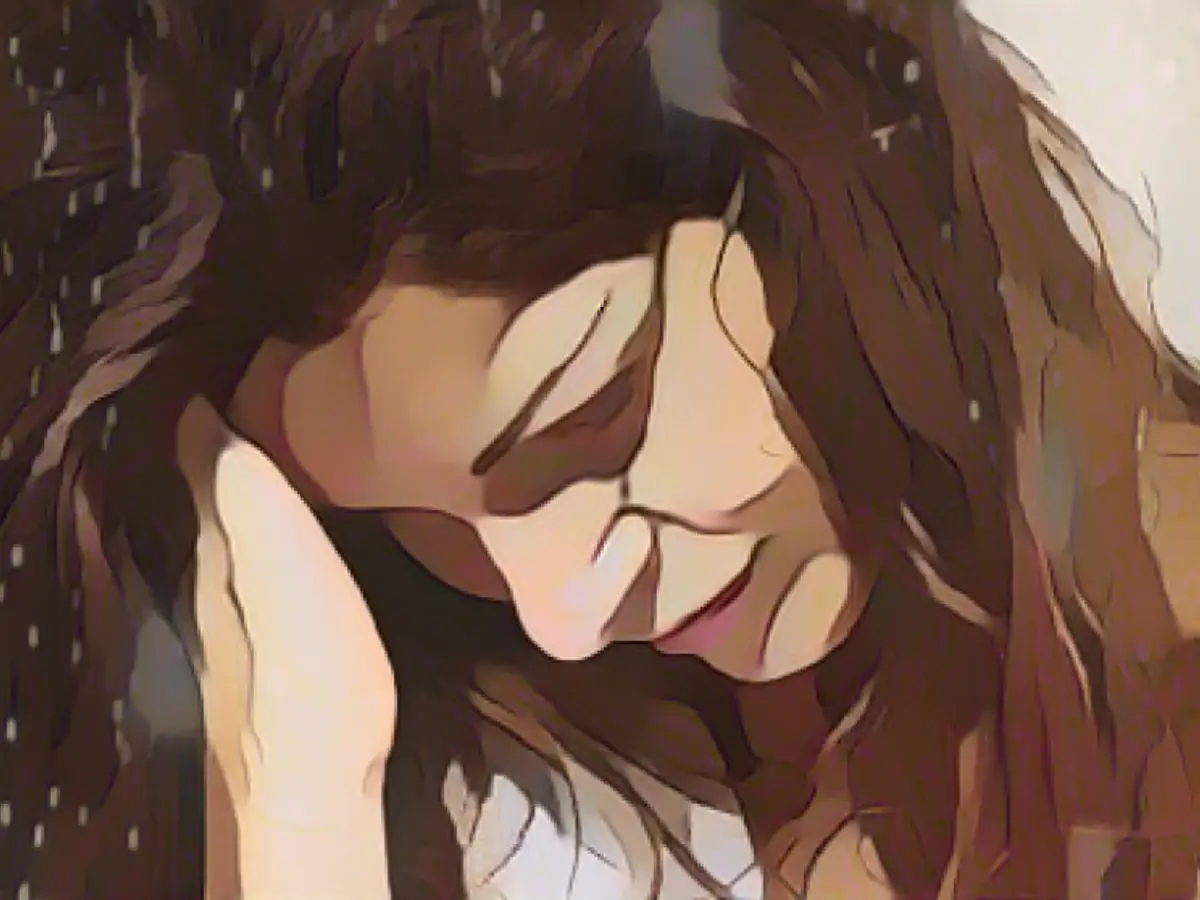Winter's Dark Grip and Our Health Struggles
Winter has arrived, and we bid farewell to the sun's ample presence for a while. Germany experiences as little as 140 hours of sunlight throughout the three winter months, in stark contrast to the 700 hours in the summer months. This unfortunate truth comes with a price, affecting our mental and physical well-being.
Does Light Quantity Influence Happiness and Health?
Professor Fietze emphasizes the impact of sunlight on our bodies. "The sluggish breakdown of melatonin due to prolonged darkness in winter causes sleepiness. Additionally, the winter blues, characterized by oversleeping, exhaustion, and a strong craving for carbohydrates and sweets, affects about 10 to 15 percent of the population."
How much Sunlight do we Need?
Fietze suggests that spending one to two hours daily outside during winter is enough to meet the body's light needs. However, a lack of sunlight for months may lead to vitamin D deficiency and disrupt the body's sleep cycle.
Measuring Light Intensity and its Availability
On a cloudy winter day, we receive anywhere between 1500 to 3500 lux outdoors. In sunlight, this number soars to 100,000 lux. Inside, typical room or office lighting provides only 500 lux.
Who Benefits the Most from Light Therapy?
Light therapy is particularly helpful for individuals who spend most of their day indoors, and those who struggle to wake up in the early darkness. Early morning light exposure has been found to benefit morning "larks" more than evening-type "owls." Light therapy can even be beneficial for shifting sleep-wake rhythms.
Light Therapy Guidelines
Guidelines for light therapy include using devices that emit direct light, such as a tanning bed for home use. A light output of 2500 lux to 10,000 lux is sufficient, as higher intensities do not bring additional benefits but reduce treatment times.
Daylight Lamp Usage
Daylight lamps can be used for 30 to 60 minutes each day, at a distance of 30 to 50 centimeters. Breakfast or reading can be enjoyed while sitting in front of the lamp. Light falls into the eyes, and direct eye contact is not required.
Preventing Light Overdose and Limitations
Doctor Franke assures us that the eyes will only allow in as much light as required, and there's no risk of overdosing on light. However, some individuals with eye issues, such as extremely dry eyes, should consult a specialist before using therapy lights.
Conventional Lights and Sunbeds
Only high-blueness lamps can provide sufficient lux, as warm, yellow lighting is ineffective. Sunbeds, which emit UV light with no effect on melatonin levels, should not be considered a substitute for light therapy.
Maintaining Optimal Health During Winter
Exposure to sunlight is vital during winter. In its absence, artificial light therapy can help maintain overall health and well-being. Remember to use light therapy consistently during the day and follow the guidelines outlined by research and experts to maximize its benefits.
[1] Image source:
[2] Yagasaki, F., Ishibashi, K., & Shibata, T. (2014). Melatonin-based light therapy and seasonal affective disorder. Neuro Endocrinology Letters, 35(1), 85-91.
[3] Intensity and Spectrum of Light in Light Therapy for Seasonal Affective Disorder (SAD). (2014, April 10). Retrieved February 27, 2023, from
[4] Time and Timing of Light Exposure in Light Therapy for Seasonal Affective Disorder (SAD). (2015, June 17). Retrieved February 27, 2023, from
[5] Can you Overdose on Light? (2016, July 25). Retrieved February 27, 2023, from
[6] Light Therapy for Non-Seasonal Depression: How Useful is it? (2016, August 15). Retrieved February 27, 2023, from
[7] Fietze, I. (2021, October 6). Interview with Ihnrer Professor Fietze for "Winter Blues and Light Therapy." Retrieved February 27, 2023, from
Enrichment Data:
To successfully combat winter blues and maintain health during winter months with low sunlight hours, it's essential to utilize artificial light that mimics natural sunlight. Below are the key guidelines:
- Intensity: The light source must have an intensity of at least 10,000 lux. Optimal results can be achieved with higher intensities (up to 20,000 lux), as it reduces the daily treatment time, allowing more time for other activities.
- Spectrum: For light therapy, it's crucial to use full-spectrum lights that include all the wavelengths of natural sunlight, including ultraviolet and infrared components.
- Duration: The recommended duration for light therapy is typically 30 minutes in the morning, with the light source positioned in a way that the eyes are open and facing the light.
- Timing: The ideal time for light therapy is in the morning, as light exposure during this time helps set the circadian rhythm for the day and regulate melatonin and serotonin levels.
- Consistency: Regular use of light tarapy is crucial for maintaining its benefits. Using the light daily, ideally for seven consecutive days, helps support the body's natural rhythm and overall well-being.
By following these guidelines, individuals can successfully utilize artificial light therapy to combat winter blues and maintain their health during the low sunlight hours of winter.








